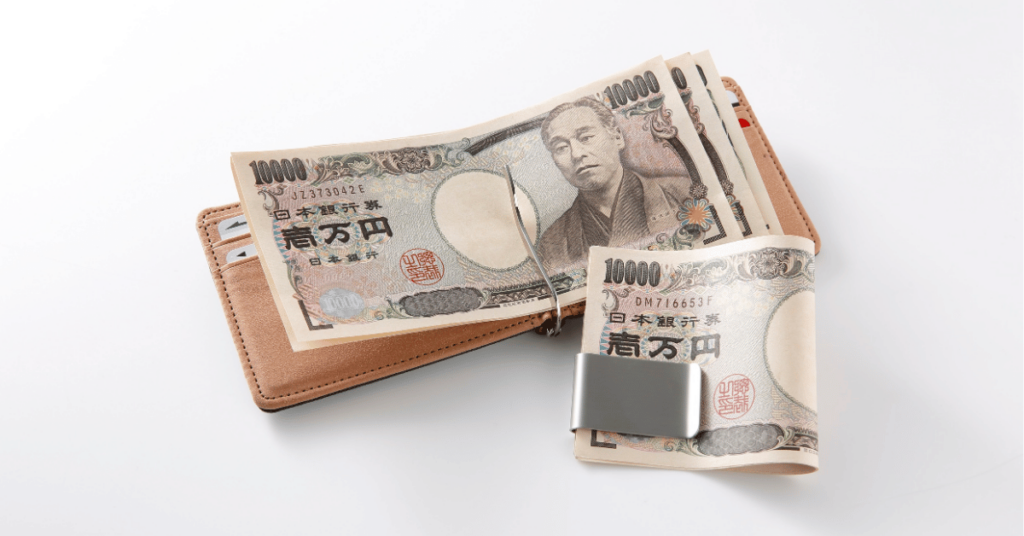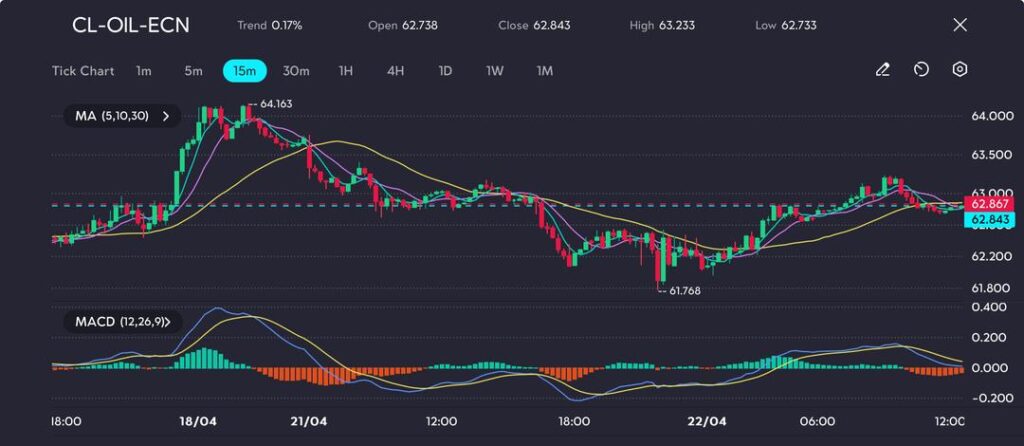
Japanese stocks bounced back this week as investors grew more confident about the outlook at home and abroad. Hopes for easier US monetary policy and improving trade relations helped lift market sentiment, while fresh signs of stability in Japan’s economy added to the positive tone. Although global risks remain, the mood has clearly shifted, with traders showing renewed interest in riskier assets like equities.
Japanese equities rallied sharply this week, with the Nikkei 225 index rising nearly 2% intraday, peaking at 35,447.13 before closing at 35,054.13.
The surge was driven by a blend of political clarity, positive economic data, and renewed global risk appetite.
Markets welcomed comments from former US President Donald Trump, who reversed his stance on replacing Federal Reserve Chair Jerome Powell.
Instead, he called for deeper interest rate cuts, signalling a dovish shift in US monetary policy. Additionally, Trump’s remarks on trade—suggesting a possible reduction in tariffs on Chinese goods—boosted export-reliant Japanese shares and broader Asian market sentiment.
On the domestic front, Japan’s flash Purchasing Managers’ Index (PMI) for April signalled the most robust economic momentum in recent months.
The Composite PMI rose to 51.1 from 48.9 in March, reflecting expanding activity. Notably, the services sector posted its fastest growth in three months, while the manufacturing sector remained steady—underpinning a narrative of gradual recovery.
However, the International Monetary Fund (IMF) offered a more measured outlook, trimming Japan’s GDP growth forecast to 0.6% for both 2025 and 2026, citing external headwinds such as weaker global demand and the potential impact of US trade policy.
From a technical perspective, the Nikkei 225 displayed a strong bullish trend, rebounding from a low of 33,814.13 to an intraday high of 35,447.13, before retracing.

Price action stayed close to the 5- and 10-period moving averages during the climb—indicating sustained buying interest.
A brief pullback followed, but key support around the 30-period moving average (34,660–34,700) held firm.
The MACD histogram shows weakening bearish momentum, while the MACD lines are beginning to converge—hinting at a possible bullish crossover.
If buying interest continues above the 30-MA, a retest of 35,450 resistance is likely, with room for a further breakout.
However, if momentum stalls, the index may consolidate between 34,800 and 35,100.
While the IMF’s downgraded forecast introduces a note of caution, short-term sentiment has turned more constructive.
Traders appear hopeful about a dovish Fed, stronger Japanese data, and a potential easing in US-China trade tensions.
If momentum persists, the Nikkei 225 could break above recent highs to retest 35,500, with potential to climb towards the 36,000 level in the coming sessions.
Click here to open account and start trading.